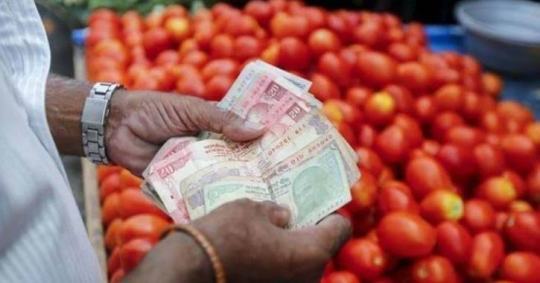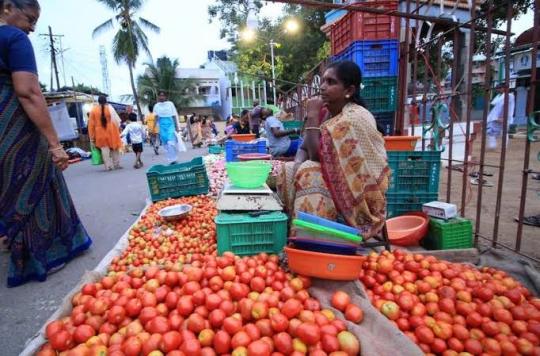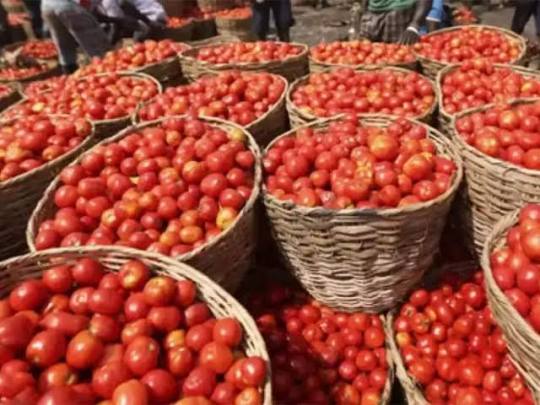#FarmersLivelihood
Text
The Soaring Tomato Prices in India: Factors, Consequences, and Potential Solutions

Introduction: In recent times, the skyrocketing prices of tomatoes in India have become a cause for concern among consumers, traders, and policymakers. This blog post aims to delve into the reasons behind the surge in tomato prices, analyze its impact on various stakeholders, and explore potential solutions to address this issue.
Factors Influencing Rising Tomato Prices:
Seasonal Variations and Weather Conditions: Fluctuations in tomato production due to seasonal changes, adverse weather conditions, and natural disasters can disrupt the supply, leading to price spikes.
Transportation and Storage Challenges: Inadequate infrastructure, inefficient logistics, and lack of proper storage facilities contribute to post-harvest losses, which further impact the supply and prices.
Demand-Supply Imbalance: A surge in demand, especially during festive seasons and periods of high consumption, coupled with insufficient supply, can drive up tomato prices.
Impact of Rising Tomato Prices:
Household Budgets and Inflation: Rising tomato prices can have a direct impact on consumers' monthly expenses and overall inflation rates, as tomatoes are a staple ingredient in Indian cuisine.
Farmer Income and Livelihoods: Higher prices may benefit tomato farmers in the short term, but long-term price volatility can impact their income stability and farming practices.
Food Processing and Restaurant Industry: Rising tomato prices can affect food processors, restaurants, and street food vendors, potentially leading to increased menu prices and reduced profit margins.
Potential Solutions and Mitigation Strategies:
Improved Agricultural Practices: Encouraging farmers to adopt modern agricultural techniques, use high-yielding tomato varieties, and implement proper crop management practices can enhance productivity and minimize losses.
Strengthening Supply Chain Infrastructure: Investments in transportation, cold storage facilities, and better market linkages can reduce post-harvest losses, improve supply efficiency, and stabilize tomato prices.
Diversification and Crop Planning: Promoting crop diversification by supporting farmers to cultivate alternative vegetables and implementing effective crop planning strategies can help manage supply-demand dynamics.

Government Interventions: The government can intervene by implementing price control measures, providing subsidies, and supporting farmer cooperatives to stabilize tomato prices and safeguard consumer interests.

Conclusion: The rising prices of tomatoes in India pose significant challenges for consumers, farmers, and the food industry. Understanding the underlying causes, assessing the impact, and exploring effective solutions are crucial for addressing this issue. Collaborative efforts between farmers, policymakers, and stakeholders across the supply chain are necessary to ensure a more sustainable and affordable tomato market in India.
Disclaimer: The information provided in this blog post is based on available knowledge up to September 2021. The tomato market is subject to dynamic changes, and the situation may have evolved since then.
#TomatoPrices#IndianAgriculture#FoodInflation#SupplyChain#CropProduction#WeatherImpact#PostHarvestLoss#DemandSupply#ConsumerImpact#FarmersLivelihood#FoodProcessingIndustry#InfrastructureDevelopment#CropDiversification#GovernmentInterventions#PriceStabilization#SustainableAgriculture#MarketLinkages#RuralDevelopment#AffordableFood#PolicyReforms
1 note
·
View note